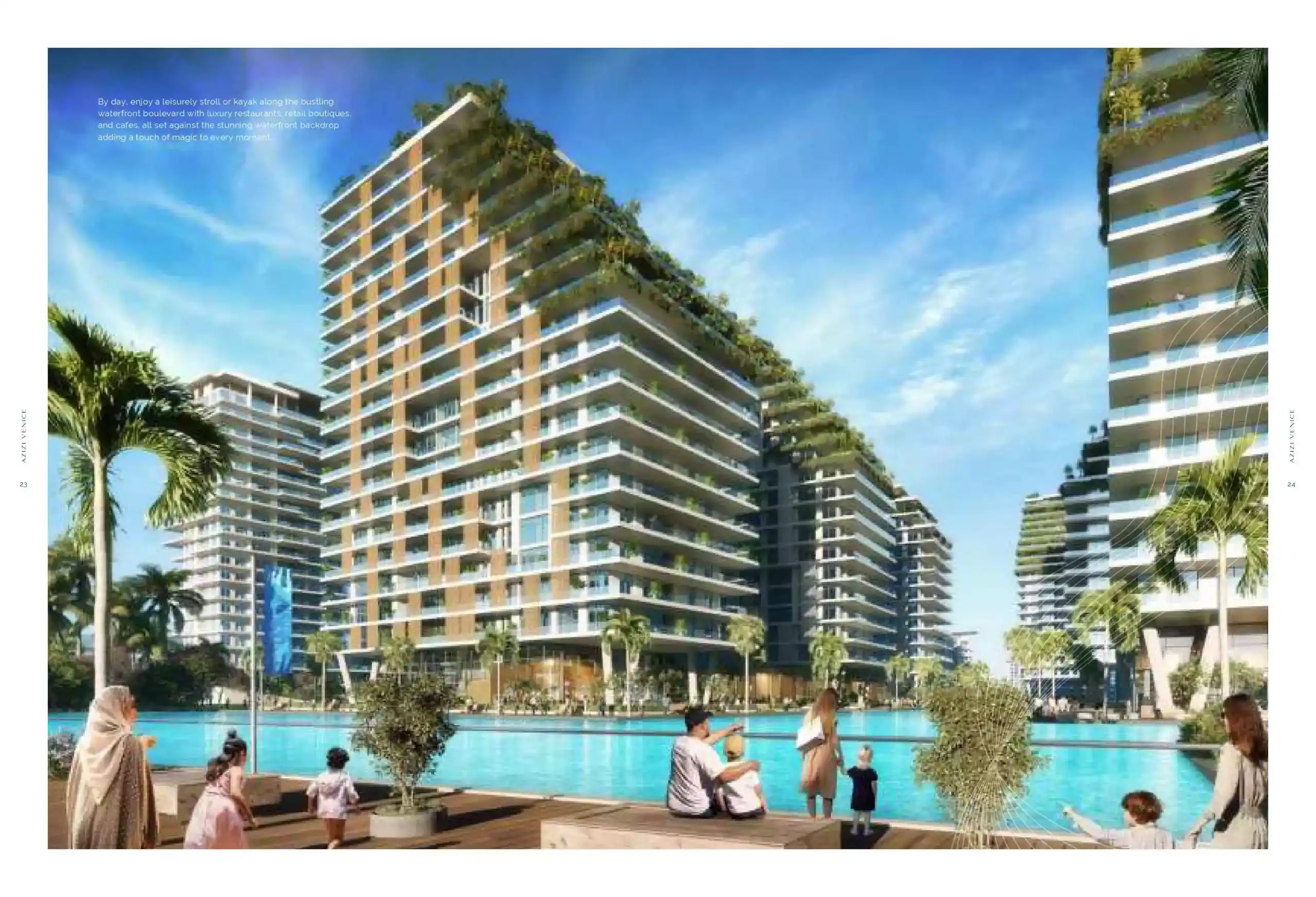Introduction
Dubai, known today as a global metropolis characterized by opulent skyscrapers, luxury shopping, and a vibrant cultural scene, has a rich history that dates back centuries. Once a modest fishing village, Dubai has undergone a remarkable transformation over the past few decades. This blog will explore the key milestones in Dubai’s evolution, highlighting the factors that contributed to its growth and development into one of the world’s most dynamic cities.
Rent your dream car from https://rentacheapcardubai.com for a hassle free journey.
1. Early History: The Fishing Village Origins
1.1 The Founding of Dubai
Dubai’s history can be traced back to the early 18th century when it was established as a small fishing and trading port. The area was inhabited by the Bani Yas tribe, who relied on fishing, pearl diving, and trade with neighboring regions for their livelihoods.
1.2 The Role of Trade
The strategic location of Dubai along trade routes between Europe, Asia, and Africa made it an essential hub for commerce. The natural harbor facilitated maritime trade, attracting merchants from various cultures and laying the foundation for economic growth.
2. The Discovery of Oil: A Turning Point
2.1 Oil Exploration Begins
The discovery of oil in the 1950s marked a significant turning point in Dubai’s history. After the first successful oil well was drilled in 1966, the revenue generated from oil exports provided the emirate with the financial resources needed for rapid development.
2.2 Infrastructure Development
With newfound wealth, the government of Dubai invested heavily in infrastructure projects. Roads, schools, hospitals, and housing were developed, transforming the city’s landscape and improving the quality of life for its residents.
2.3 Diversification of the Economy
Recognizing the need to diversify its economy beyond oil, Dubai began to invest in sectors such as tourism, aviation, and finance, laying the groundwork for its future as a global business hub.
3. The Rise of Tourism
3.1 Establishing a Tourist Destination
In the 1990s, Dubai began positioning itself as a premier tourist destination. Iconic landmarks like the Burj Al Arab, which opened in 1999, became symbols of luxury and innovation, attracting visitors from around the world.
3.2 Major Events and Attractions
Dubai hosted numerous international events, such as the Dubai Shopping Festival and Dubai Summer Surprises, which further promoted tourism. The construction of attractions like Dubai Mall and Palm Jumeirah showcased the city’s commitment to providing unique experiences for tourists.
4. Architectural Marvels and Urban Planning
4.1 Skyline Transformation
Dubai’s skyline began to evolve rapidly in the early 2000s, with ambitious projects that pushed architectural boundaries. The Burj Khalifa, completed in 2010, became the tallest building in the world and a symbol of Dubai’s modernity.
4.2 Sustainable Development
As the city grew, so did the emphasis on sustainable development. Initiatives such as Masdar City aimed to create eco-friendly urban environments, reflecting Dubai’s commitment to sustainability in the face of rapid growth.
5. Economic Diversification and Global Business Hub
5.1 Free Zones and Business Initiatives
Dubai established several free zones, such as the Dubai International Financial Centre (DIFC) and Jebel Ali Free Zone, to attract international businesses. These initiatives provided tax incentives and regulatory advantages, fostering a thriving business environment.
5.2 Tourism and Hospitality Industry
The tourism sector continued to flourish, with investments in luxury hotels, resorts, and entertainment venues. Dubai became known for its world-class hospitality, further solidifying its status as a global tourist destination.
6. Cultural Development and Global Connectivity
6.1 Embracing Cultural Diversity
Dubai’s rapid growth attracted a diverse population, leading to a rich tapestry of cultures and traditions. The city embraced this diversity by promoting cultural events, festivals, and art exhibitions, enhancing its global appeal.
6.2 Connectivity through Aviation
The expansion of Dubai International Airport established the city as a major global aviation hub. Airlines like Emirates connected Dubai to numerous destinations worldwide, facilitating international travel and trade. The transformation of Dubai from a humble fishing village to a global metropolis is a testament to vision, innovation, and resilience. Through strategic investments, diversification of the economy, and a commitment to sustainable development, Dubai has positioned itself as a leading city on the world stage. As it continues to evolve, Dubai remains a symbol of hope and opportunity, inspiring future generations to dream big and embrace change.
7. Challenges and Future Prospects
7.1 Managing Rapid Growth
As Dubai continues to grow, challenges such as urban congestion, resource management, and environmental sustainability must be addressed. The government is implementing smart city initiatives to tackle these issues and enhance the quality of life for residents.
7.2 Vision 2040
Dubai’s Vision 2040 aims to ensure sustainable development while preserving the city’s unique cultural heritage. This long-term plan focuses on enhancing urban living, promoting innovation, and maintaining economic growth.
Conclusion
The transformation of Dubai from a humble fishing village to a global metropolis is a testament to vision, innovation, and resilience. Through strategic investments, diversification of the economy, and a commitment to sustainable development, Dubai has positioned itself as a leading city on the world stage. As it continues to evolve, Dubai remains a symbol of hope and opportunity, inspiring future generations to dream big and embrace change.
